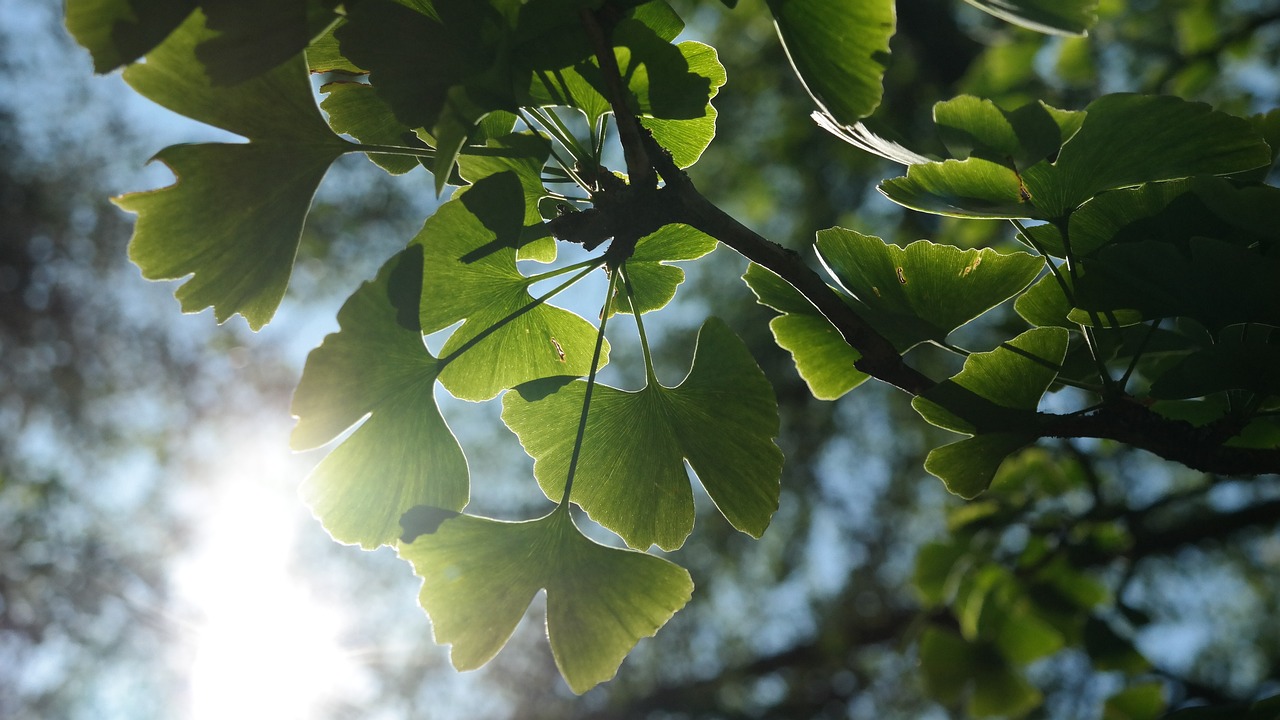Caring for your plants can be as routine as brewing your morning coffee, but creating a schedule that keeps them thriving requires a bit of knowledge and organization. Whether you are a green-thumbed guru or a budding botanist, understanding the essentials of plant care is key. In this article, we delve into the specifics of nurturing your leafy friends, including the care of popular plants like the kalanchoe and the baby rubber plant. Let’s grow into the world of plant care together!
Understanding Plant Basics
Before you set up a plant care routine, it’s essential to understand the basics of what your plants need to flourish. Here are the fundamental factors to consider:
Light Requirements
Each plant has its own light preference – some bask in the full sun while others prefer the cool reprieve of shade. Knowing the natural habitat of your plant will help you mimic those conditions at home. For instance, a sun-loving kalanchoe will thrive in bright, indirect light, whereas a shade-tolerant baby rubber plant can do well in lower light conditions.
Watering Needs
Overwatering is often the downfall of many well-meaning plant owners. A good rule of thumb is to check the soil moisture before watering – if it’s still damp from the last watering, wait a bit longer. Kalanchoe plants are drought-tolerant and prefer the soil to dry out between waterings, whereas baby rubber plants like consistently moist soil, but not soggy.
Humidity and Temperature
Tropical plants typically enjoy higher humidity levels, while desert natives need dry air. Similarly, temperature preferences can vary widely. Most houseplants prefer a stable temperature that mimics their natural environment, away from drafts and sudden temperature changes.
Creating Your Plant Care Routine
A plant care routine isn’t just about watering – it involves monitoring all aspects of care to ensure your plants are healthy. Here’s how you can create a balanced routine:
Weekly Check-ins
Set aside a day each week to inspect your plants. Check for signs of stress such as yellowing leaves, drooping, or pests. This is also a good time to rotate your plants to ensure even light exposure.
Watering Schedule
While it’s tempting to set a strict watering schedule, it’s better to water based on the plant’s needs. Some plants may need water once a week, while others can go longer. Invest in a moisture meter to help you determine when it’s time to water.
Pruning and Cleaning
Regularly remove dead leaves and spent flowers to encourage new growth. Wiping the leaves with a damp cloth not only keeps your plants looking fresh but also helps prevent pest infestations by removing dust that can interfere with photosynthesis.
Detailed Plant Care: Kalanchoe and Baby Rubber Plant
Now, let’s look at how to specifically care for two popular houseplants: the kalanchoe and the baby rubber plant.
Kalanchoe Plant Care
Kalanchoe plants are succulents known for their vibrant flowers and thick leaves. They are quite low-maintenance, but here are a few tips to keep them happy:
- Light: Kalanchoe plants love bright, indirect light. A south-facing window with a sheer curtain is ideal.
- Water: Let the soil dry out completely before watering again. During the winter, reduce watering to once a month.
- Soil: Use a well-draining potting mix designed for cacti and succulents.
- Feeding: Fertilize kalanchoe plants once a month during the growing season with a balanced, water-soluble fertilizer.
Baby Rubber Plant Care
The baby rubber plant, with its glossy, spoon-shaped leaves, is a delightful addition to any indoor space. Here’s how to keep them in top condition:
- Light: These plants prefer bright, indirect light but can tolerate lower light levels.
- Water: Keep the soil consistently moist, but not waterlogged. Reduce watering in the winter months.
- Soil: A well-draining potting mix is essential to prevent root rot.
- Humidity: Baby rubber plants enjoy higher humidity. Consider placing a humidifier nearby or misting the leaves regularly.
Seasonal Adjustments to Your Plant Care Routine
As the seasons change, so should your plant care routine. Here are some adjustments to make throughout the year:
Spring and Summer
This is the growing season for most plants. Increase watering as necessary, fertilize regularly, and be on the lookout for pests. It’s also the perfect time to repot plants that have outgrown their containers.
Fall and Winter
During the dormant period, reduce watering and stop fertilizing. Some plants may shed leaves or appear to stop growing – this is normal. Ensure they are kept away from cold drafts and adjust their position if the light levels change significantly during the day.
Common Mistakes in Plant Care
Avoid these common pitfalls to prevent distress in your plant friends:
- Overwatering: This can lead to root rot, a common cause of plant death. Always check the soil moisture before watering.
- Neglecting to Dust Leaves: Dust can block sunlight and reduce a plant’s ability to photosynthesize.
- Ignoring Pests and Diseases: Regular inspections can catch issues early before they become severe.
Tools and Resources for Plant Care
Invest in quality tools to make plant care easier. A good watering can, moisture meter, pruning shears, and a reliable reference book or app can make all the difference.
Conclusion
Creating a plant care routine is all about understanding the unique needs of your plants and responding accordingly. With regular attention and the right conditions, your kalanchoe, baby rubber plant, and all your green companions can grow vigorously. Remember, plant care is a journey of learning and patience, so enjoy the process and watch as your indoor garden flourishes.







